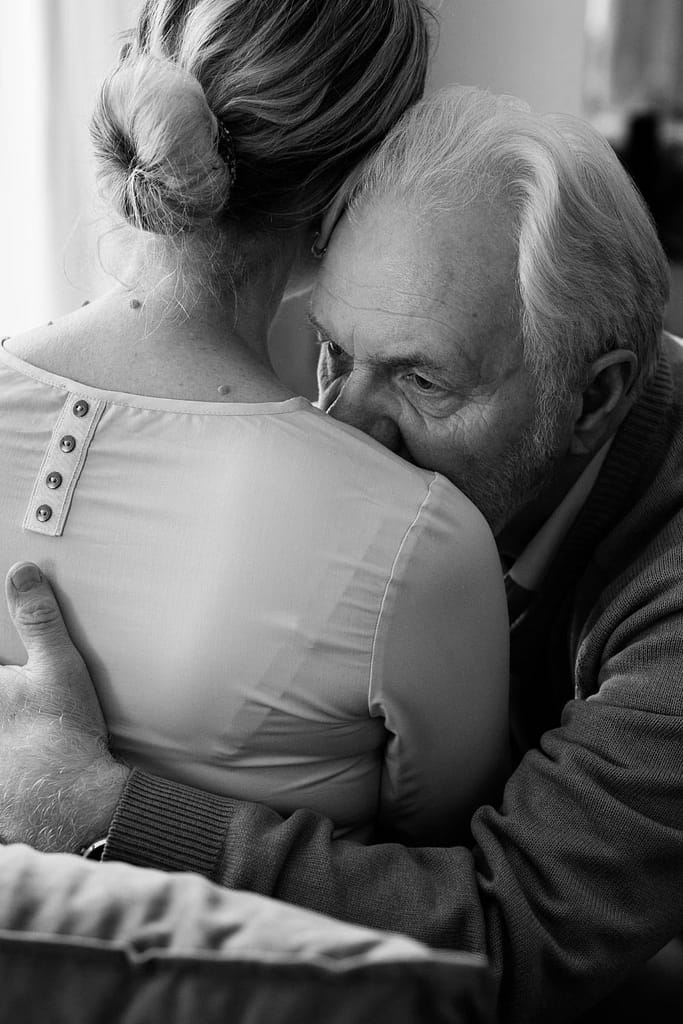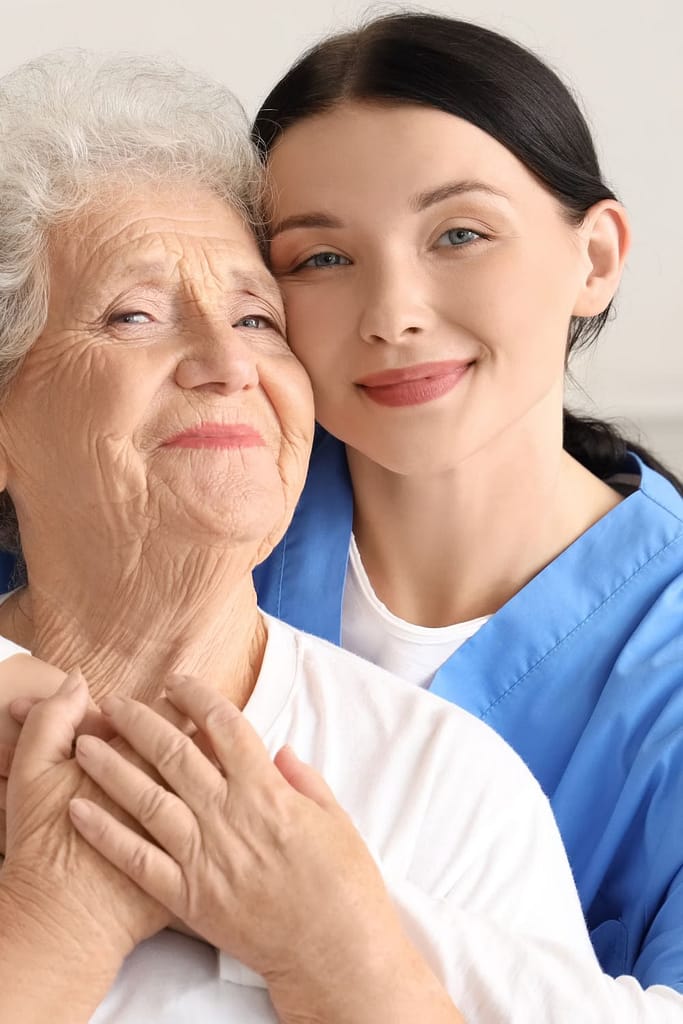Last Updated on February 20, 2025 by Tanya Janse van Rensburg
A simple fall can seriously affect seniors, especially those with mobility challenges or health conditions that increase their risk.
While standard medical alert systems offer emergency assistance, those with fall detection technology provide an extra layer of protection.
These systems automatically detect a fall and alert emergency services—even if the user is unable to press a button.
This guide breaks down the best medical alert devices with fall detection, focusing on features that matter most to seniors and caregivers.
As people age, their risk of falling increases due to weaker muscles, balance issues, and medical conditions like osteoporosis or arthritis.
According to health experts, falls are among the leading causes of injury-related hospitalizations for seniors.
Many falls happen when no one else is around, making immediate assistance crucial.
Medical alert systems with fall detection for Canadian seniors offer a safety net by recognizing sudden movements that indicate a fall.
These systems automatically trigger an emergency call, ensuring a senior gets help—even if they are unconscious or unable to move.

Not all medical alert systems are created equal.
If you're choosing one for yourself or a loved one, here are the most important factors to consider:
Not every device includes fall detection, so it’s important to choose a system that does.
The best ones use motion sensors and accelerometers to detect when a person falls and distinguish it from normal movements.
When a fall occurs, the system should immediately connect to a 24/7 monitoring center or emergency contacts.
Some systems even offer two-way communication with trained operators who assess the situation and send the appropriate help.
For seniors who are active or prone to wandering, GPS tracking is a valuable feature.
It allows caregivers or emergency responders to pinpoint their exact location, ensuring a faster response.
Medical alert devices come in different forms, including neck pendants, wristbands, and clip-on buttons.
Choose one that is comfortable enough to wear at all times.
Many falls occur in the bathroom, where surfaces are slippery.
A waterproof medical alert device ensures that protection continues even in the shower.
Devices powered by long-lasting batteries reduce the need for frequent charging.
Some systems operate on cellular networks, while others use landlines or Wi-Fi—choose one that suits the senior’s living environment.

To help you find the right device, here’s a detailed comparison of the top medical alert systems designed for seniors at high risk of falling.
Why It Stands Out:
Best For: Seniors who spend most of their time at home but want the option to stay protected outdoors.
Why It Stands Out:
Best For: Seniors who lead active lifestyles and desire reliable protection both at home and on the go.
The Life Assure Premium Mobile Plus offers comprehensive safety features tailored for seniors at high risk of falls, ensuring peace of mind wherever life takes you.
Why It Stands Out:
Best For: Seniors looking for a lightweight, mobile-friendly medical alert system.
Why It Stands Out:
Best For: Seniors who primarily need protection inside their home.
Why It Stands Out:
Best For: Seniors who want a compact, wearable device that works anywhere.

With so many options available, picking the best medical alert system with fall detection can feel overwhelming. Here are some factors to consider before making a decision:
Most fall detection systems come with a monthly subscription fee. Some are more expensive than others, so compare pricing and contract terms.
A medical alert system should be easy to wear and operate. If a device is too complicated, seniors may be less likely to use it consistently.
Look for companies with reliable customer support and good reviews. A system is only as good as the service behind it.
A medical alert system with fall detection isn’t just another gadget—it’s a lifeline for seniors at high risk of falls.
With automatic alerts, 24/7 monitoring, and GPS tracking, these devices offer peace of mind to both users and their families.
When choosing the right system, consider the senior’s lifestyle, budget, and level of mobility.
Whether they need home-based protection or on-the-go assistance, there’s an option designed to fit their needs.
Investing in fall detection could mean the difference between a quick rescue and a long, dangerous wait for help.